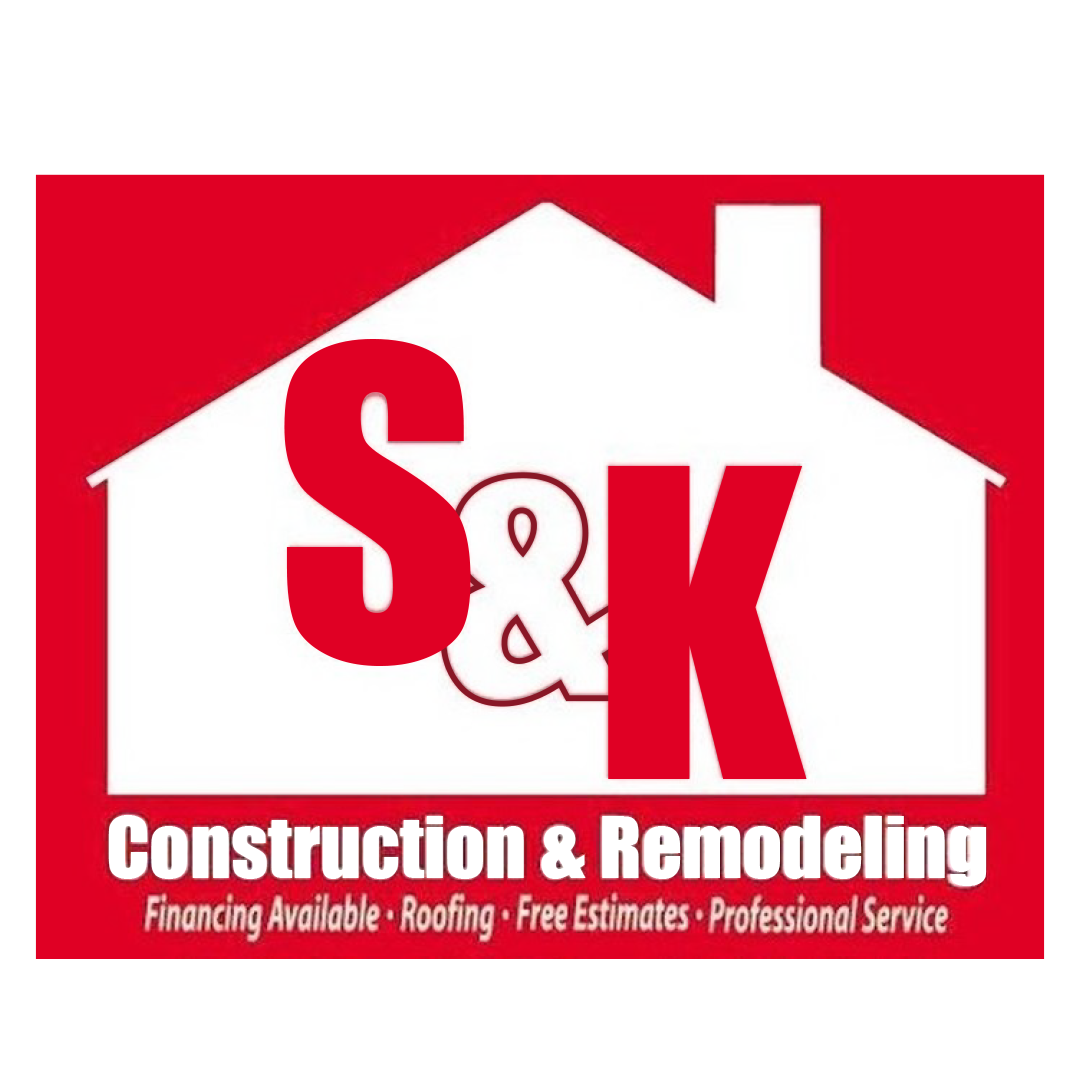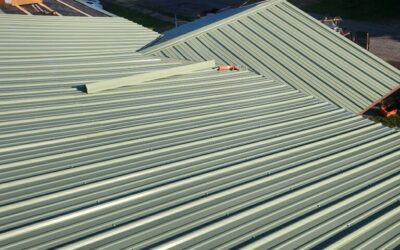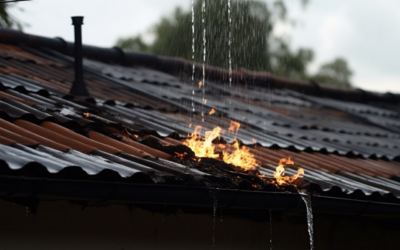Roof Replacement with Insulation: A Comprehensive Guide
Replacing your roof presents a prime opportunity to enhance your home’s energy efficiency, comfort, and longevity by upgrading its insulation. Proper insulation not only reduces energy bills but also extends the lifespan of your roof by mitigating temperature fluctuations and moisture buildup.
Benefits of Upgrading Insulation During Roof Replacement
1. Enhanced Energy Efficiency
A new roof with improved insulation creates a robust thermal barrier, maintaining consistent indoor temperatures. This reduces the strain on heating and cooling systems, leading to lower energy consumption and utility bills. For instance, modern insulation materials offer superior thermal resistance, significantly boosting your home’s energy efficiency .
2. Improved Indoor Comfort
Upgraded insulation helps maintain a comfortable indoor environment year-round by preventing heat loss in winter and heat gain in summer. This results in fewer drafts and more consistent room temperatures.
3. Extended Roof Lifespan
Proper insulation reduces temperature-induced expansion and contraction of roofing materials, minimizing wear and tear. It also prevents moisture accumulation, which can lead to mold growth and structural damage. By insulating your roof, you enhance its durability and longevity .
Cost Considerations
The cost of adding insulation during roof replacement varies based on materials, labor, and roof size.(
- Materials: Prices range from $0.20 to $7.00 per square foot, depending on the type of insulation. For example, fiberglass insulation with an air seal costs between $2,500 and $5,000, while spray foam insulation ranges from $3,500 to $8,000 .
- Labor: Installation costs typically range from $1.50 to $3.50 per square foot .(
Combining roof replacement with insulation installation can be more cost-effective than undertaking these projects separately, as it reduces labor costs and project duration.
Choosing the Right Insulation Material
Selecting the appropriate insulation material depends on your home’s specific needs and climate.
- Fiberglass Batts: Affordable and easy to install, suitable for attics with standard joist spacing.
- Spray Foam: Offers superior air sealing and high R-values, ideal for irregular spaces.
- Rigid Foam Boards: Provide high insulation value per inch, suitable for limited space areas.
- Reflective Insulation: Effective in hot climates by reflecting radiant heat away from the home.
Consult with a professional to determine the best insulation type for your roof replacement project.
Installation Process
Integrating insulation during roof replacement involves several key steps:
- Assessment: Evaluate existing insulation and identify areas needing improvement.
- Removal: Safely remove old or damaged insulation materials.
- Installation: Place new insulation materials according to manufacturer guidelines, ensuring proper coverage and thickness.
- Ventilation: Ensure adequate attic ventilation to prevent moisture buildup.(
- Sealing: Seal gaps and penetrations to prevent air leaks.
- Inspection: Conduct a thorough inspection to verify the quality of installation.
Proper installation is crucial for maximizing the benefits of your new insulation.
Conclusion
Upgrading insulation during a roof replacement is a strategic investment that enhances your home’s energy efficiency, comfort, and structural integrity. By selecting appropriate materials and ensuring proper installation, you can enjoy long-term savings and a more comfortable living environment.
 (440) 307-2060
(440) 307-2060


